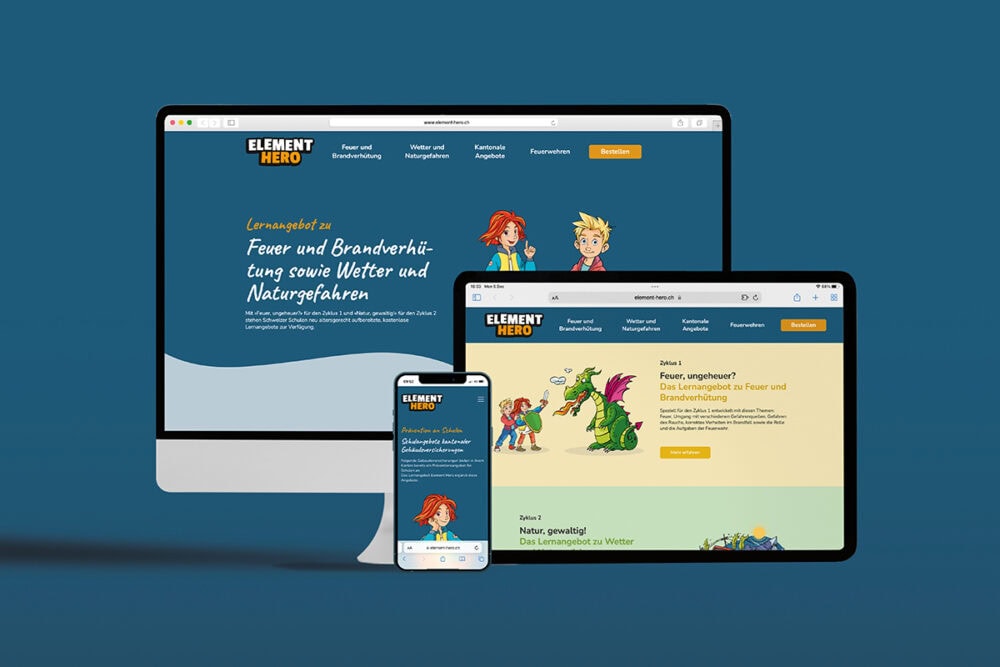Effective brand management brings more creativity and team spirit
Digital brand management tools help to maintain an overview, save time and give creativity more space.

Ideally, everyone in the company should be aware of the central brand guidelines. If these are communicated - internally or externally - and are not correct, this can lead to confusion and a loss of trust, for example in social media campaigns. Particularly in the case of large, international brands with regional characteristics, confusion and incorrectly communicated information can quickly arise. The solution: digital brand management tools. They offer brands the opportunity to store and edit all important guidelines, presentations or assets in one central location. This means that everyone who works with brand guidelines is always up to date. No one has to send PDFs or answer questions about logos or the corporate design. This saves time and makes work easier for everyone involved. The time saved can be invested wisely, for example in creative campaigns or team-building activities.
Brand guidelines - the heart of every brand
Every company has brand messages and values that are directly linked to the brand and its products. If consumers identify with these values, they are more likely to buy a product. These important brand messages are often stored internally in different places and created manually. PDFs and presentations filled with confusing information are still often found in internal databases.
The associated administrative effort is high and time-consuming. Added to this is the sometimes poor user-friendliness due to a large number of folders and a confusing data structure, which can lead to a loss of motivation in the team, among other things. However, the aim should be to create uniform brand consistency through quickly available guidelines.
Before the introduction of a brand management tool, Bosch, for example, worked with a 3,600-page PDF for its brand guidelines. Searching for specific information was therefore tedious, despite the search function. Another challenge was to create a uniform and global brand consistency across all touchpoints. Everything relating to the brand is now stored centrally on a platform with online access and can be accessed from anywhere. Depending on their access rights, all employees can access guidelines, marketing materials and other documents such as brand assets or presentations. This makes optimal use of resources and increases efficiency - important elements in making business areas more agile and reducing costs within the Group.
If you work with external partners, they can also access certain documents and information and incorporate their feedback directly into the tool. Access rights can easily be changed as required. Marketing teams thus gain up to 16 hours per week that would otherwise be used for unpleasant operational tasks (Source: TEI study, 2021, Forrester on behalf of Frontify).
More creativity and self-realization
A large part of projects is coordination, approvals and feedback loops. Documents are downloaded, changed and uploaded again. As a result, projects often drag on and the distribution of tasks is not 100% clear. By introducing a brand management tool, marketing teams work demonstrably more effectively. Approval is regulated with just one click. For remote teams working from different locations, a brand management tool is also an opportunity for better and faster communication.
A brand management tool leaves time for other important tasks, such as brainstorming or the creative implementation of ideas, which are often neglected in day-to-day marketing. This time can also be invested in self-development at a professional level. For example, in further training seminars on a specific topic. It is not only the employees themselves who benefit from this. They pass on the knowledge they have acquired in internal training courses and bring new food for thought with them.
Good cooperation boosts productivity
In addition to an effective, well thought-out brand management tool, good teamwork requires even more.
The coronavirus pandemic has intensified and accelerated the emergence of remote working and hybrid working over the last two years. With many people alternating between working from home and the office, small talk or face-to-face conversations over lunch are less common or even non-existent. Creative initiatives such as "speed dates" - short online calls between randomly selected employees - can help here and have a positive impact on corporate culture.
This is precisely what needs to be strengthened in the current climate and adapted to new challenges. Creating a good working environment contributes significantly to a better working atmosphere - and raises working relationships to a new level. This enables teams to work more productively. What's more, the barrier to asking for help is lower if something doesn't work as desired. Challenges suddenly no longer look so difficult when the whole team is pulling in the same direction. Brainstorming sessions also become more creative when everyone dares to present their ideas.
Ultimately, the performance of any company is only as good as the performance of its individual employees. It is therefore extremely important to create a relaxed working atmosphere and provide the right tools to make work as easy as possible.








